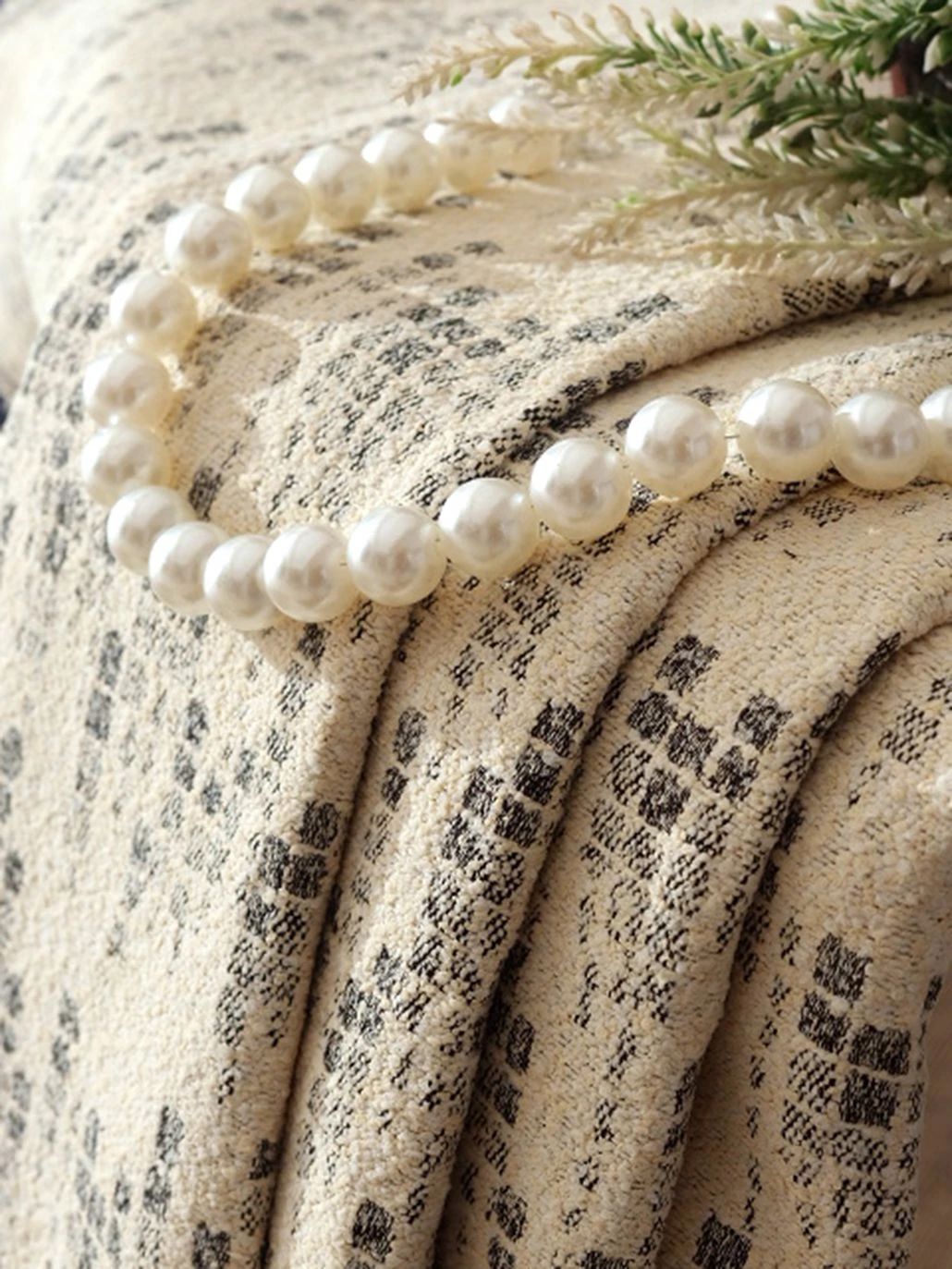كيف يمكنك معرفة إذا كان الأريكة ذات جودة عالية؟
إطار : خشب صلب مجفف في الفرن (لا لوحات الجسيمات).
الريش : مروحة ربيعية مقيدة يدويًا بـ 8 طرق > مروحة ربيعية متعرجة.
وسائد : رغوة ذات مرونة عالية + غلاف من الريش (ليس حشو البوليستر).
الخياطة : خياطة مزدوجة، لا خيوط فضفاضة.
ما هي المواد المصنوع منها الأرائك ذات الجودة العالية؟
إطار : خشب البتولا أو البلوط أو القيقب الصلب.
تنجيد : جلد كامل الحبوب، قماش أداء من الدرجة A.
وسائد : كثافة رغوة متعددة المستويات (قاعدة أكثر صلابة + أعلى ناعم).
التفاصيل : تفريش بأزرار مع تعزيزات معدنية.
ما هو القماش عالي الأداء على الأرائك؟
يتم تصميم الأقمشة عالية الأداء لمقاومة:
البقع : طبقات النانو تطرد السوائل (على سبيل المثال، كريبتون).
تلاشي : أصباغ مقاومة لأشعة فوق بنفسجية.
تكو : نسج محكم (مايكروفايبر، خليط البوليستر-الأوليفين).
العلامات التجارية للتجربة: كريبتون، سنبrella، ريفولوشن بيرفورمانس.
ماذا يجعل الأريكة الفاخرة؟
التصنيع حسب الطلب : اختر كل التفاصيل (الأرجل، القماش، صلابة الوسادة).
الحرفية : مرواح يدوية الربط، وإطارات مشذبة يدويًا.
ندرة المادة : جلد أنيلين، وقطن ساتان مخلوط بالحرير.
ضمان : 10+ سنوات على الإطار والقماش.
ما هي أفضل مادة للكرسي لتجنب تكون الكرة الصوفية؟
النسج المحكمة : مايكروفايبر، بوليستر أداء.
الخيوط المصنعة : بوليستر- أوليفين (على سبيل المثال، ثورة الأداء).
تجنب : قطن خالص، كتان فضفاض، أو أكريليك منخفض الجودة.
ما هي عيوب قماش كريبتون؟
يكلف : أغلى بنسبة 20-40% من الأقمشة القياسية.
القوام : يجد البعض أنه أقل نعومة من الألياف الطبيعية.
قيود الألوان : خيارات أقل للأصباغ العضوية.
حساسية الحرارة : تجنب وضعها بالقرب من المدفأة (قد يتدهور الطلاء).
النقاط الرئيسية
استثمر في الإطار: إطار أريكة بقيمة 3000 دولار أمريكي مصنوع من الخشب الصلب يدوم أكثر من إطار لوح خشبي بقيمة 1500 دولار أمريكي.
الأداء ≠ الكمال : مادة Crypton تقاوم البقع لكنها تفتقر إلى تنفس القطن
إصلاح التكتل : استخدم ماكينة حلاقة الأقمشة للتعامل مع المشكلات البسيطة على الأقمشة من الدرجات الدنيا





